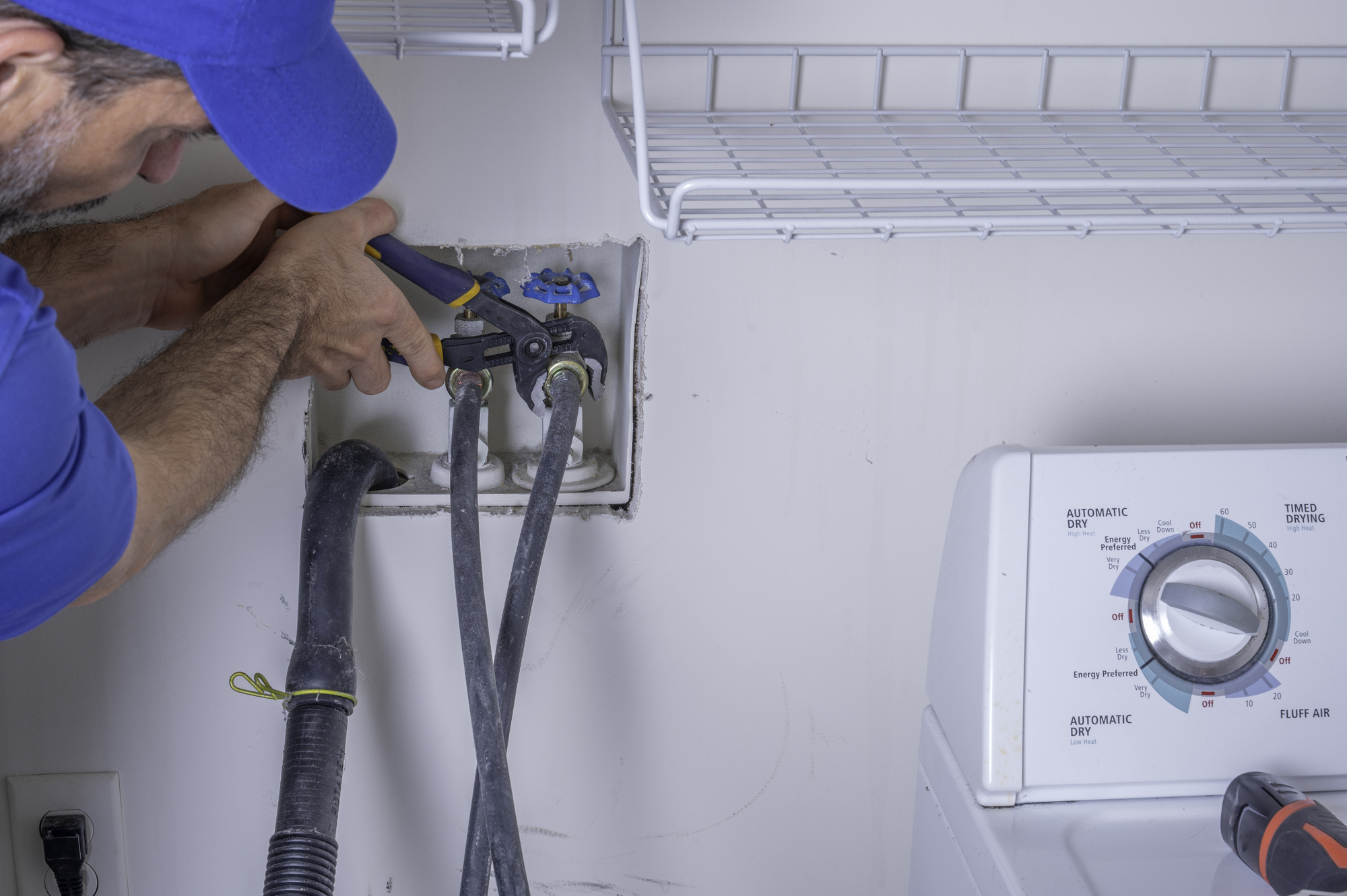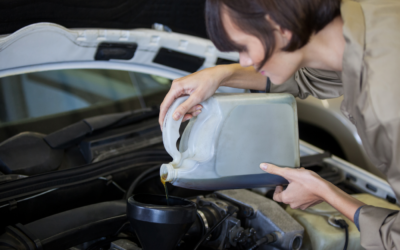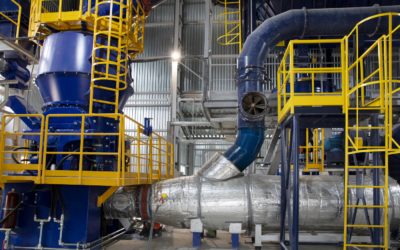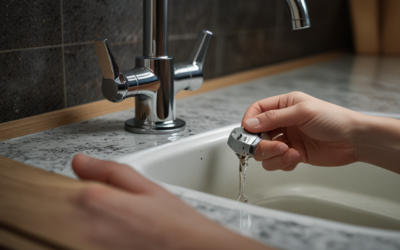Keeping chickens in your backyard is a growing trend in many parts of the country, with more and more people looking to enjoy the benefits of fresh eggs, healthy soil, and happy hens. However, like any animals, chickens need proper care—from housing to feeding, from health to safety. And when it comes to their housing, plumbing can be a key element, as it ensures proper hydration, ventilation, and waste management. Let’s explore the fascinating intersection of poultry and pipes, and see how plumbing can help you raise happy and healthy chickens.
1. Watering Systems
Chickens need access to clean and fresh water at all times, as they drink often and depend on it for digestion, cooling, and eggshell production. However, traditional watering methods like bowls and troughs can be messy, unhygienic, and labor-intensive. That’s where plumbing comes in. You can install a self-filling waterer, which uses a float valve to connect to your main water line and automatically replenishes the water as your chickens drink it. This saves you time, money, and water, while ensuring your chickens always have access to the right amount of water.

2. Automatic Feeders
Similarly, feeding your chickens in a controlled and efficient manner can be challenging if you rely on manual feeding and scattering. However, by installing an automatic feeder, you can dispense a consistent amount of feed at preset times, which reduces waste, minimizes pests, and conditions your chickens to a regular routine. You can even connect the feeder to your plumbing system, so that a water jet cleans it after each meal and prevents clogging or mold growth.
3. Nipple Drinkers
For a more advanced watering system, you can use nipple drinkers, which are small plastic nipples that you screw onto your water line and that release water when your chickens peck at them. Nipple drinkers are more sanitary than open sources of water, as they reduce spillage and contamination, and they also encourage natural drinking behavior by simulating pecking insects. However, they require a higher pressure than other watering systems, so you need to make sure your plumbing can handle it, and you need to inspect and clean them regularly.

4. Lights and Timers
Chickens also need a certain amount of light and darkness to regulate their internal clock, hormones, and egg-laying cycle. By using lights and timers, you can control the amount and timing of light in your coop, so that your chickens get enough light in the morning and evening, but not too much to disturb their sleep. You can connect the lights and timers to your electrical system, which may require the services of a licensed electrician if you’re not familiar with wiring and breaker boxes.
5. Heating and Cooling
Depending on your climate and the breed of your chickens, you may need to provide extra heating or cooling in your coop, especially during extreme weather conditions. You can use space heaters, heat lamps, or radiant panels to warm up the air, and fans, exhausts, or vents to cool it down. However, you need to make sure that your heating and cooling devices are safe, energy-efficient, and properly installed, as they can pose a fire hazard, a carbon monoxide risk, or a ventilation problem.
6. Solar Power
To reduce your electricity bill and your carbon footprint, you can consider using solar power for your chicken coop, especially if you live in a sunny area. You can install solar panels on your roof or in your yard, and use a charge controller and a battery bank to store and distribute the energy as needed. You can also use solar-powered lights, fans, and controllers, which work independently of your grid power and reduce your reliance on fossil fuels.
7. Drainage and Ventilation
One of the main challenges of raising chickens is managing their waste, which can accumulate quickly and emit strong odors and harmful fumes. That’s why proper ventilation and drainage are essential for a healthy and safe coop. You need to ensure that your coop has enough air flow, insulation, and exhausts to remove excess moisture, heat, and gases, and that your plumbing system connects to a drainage system that safely disposes of the liquid and solid waste. You can use a variety of materials, such as sand, straw, wood shavings, or diatomaceous earth, to absorb and compost the waste, and periodically remove it to avoid buildup and pathogens.
8. Water Heating
Lastly, if you live in a cold climate or want to provide warm water to your chickens, you can install a water heater that connects to your plumbing system and provides a constant and safe temperature. You can use a traditional tank-based heater or a tankless one, which heats the water on demand and saves energy and space. You need to make sure that your heater is compatible with your water line and your voltage, and that it has the necessary safety features and certifications.
In conclusion, plumbing is not only an essential part of our human homes and businesses, but also of our animal habitats and farms. By using the right plumbing services and equipment, you can provide your chickens with a comfortable, healthy, and sustainable living environment that enriches their lives and yours. So whether you’re a backyard chicken-keeper or a professional poultry farmer, don’t overlook the potential of plumbing to make your coop and your chickens thrive. And if you need any help or advice, remember to contact your local plumbing experts at Ace Plumbing Repair, who are always ready to assist you with their knowledge and expertise.






